This is not a review of either lens, but just some notes I’ve made about both lenses while using them. Only some of the photos are taken at the same night at the same location, because at the moment my Noctilux it being calibrated at Solms, Germany. Please bear in mind that the photos I’ve taken with Noctilux
are not perhaps the best the lens can do since it’s out of calibration and needs servicing. The cameras used were Fujifilm X-Pro2
and Leica M240
. I might do a followup to this article once I get my Noctilux
back if there has been a lot of interest in this.
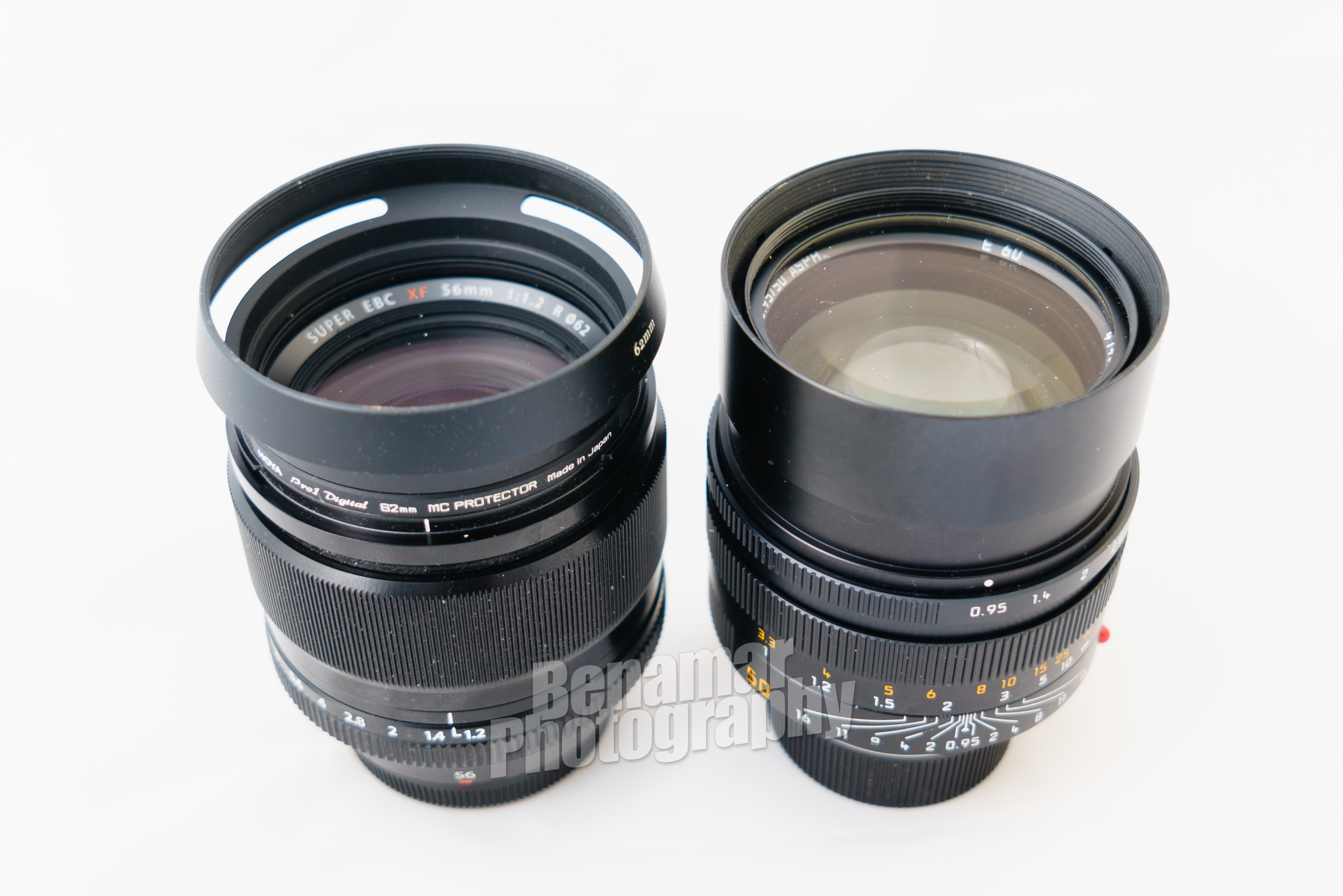
How do they compare
One thing to note is that due to APS-C crop sensor on Fujifilm, the effective field of view is 85 mm with the Fujifilm XF 56 mm F1.2. The crop factor also affects the depth of field which is around F1.8 on the Fujifilm. The crop sensor does not, however, change the exposure, so the F1.2 is F1.2 regardless of the sensor size. Because of different effective focal lengths, it’s not easy to try to replicate the same image on both cameras at least on a busy street. Shooting 85 mm lens is somewhat difficult, and the sometimes slow autofocus does not help there. It’s easier to focus the lens and use zone focusing manually. You probably guess that focusing the Leica at F0.95 is not easy either since the depth of field is quite shallow, especially at close distances. All photos I selected for this article are shot wide open for comparison. They are not manipulated in any way apart from some vignetting correction on Noctilux
. Depending on the scene the Noctilux
vignetting can be severe although it’s part of the magic if you’re shooting people (let’s see how my travels go after saying that aloud). Noctilux
is truly F0.95 only at the centre of the frame and for comparison the Leica Summilux-M 50 mm F1.4 ASPH.
. is not that bad because if is sharper and does not vignette wide open at all. There is still some magic to the Noctilux
photos that is not just some single value or even a few. It’s the surprise factor that comes from getting pictures that look different from what the human eye can see, and this is something the Fujifilm completely lacks even at F1.2. To be honest, the Leica Summilux-M 50 mm F1.4 ASPH.
has more of that special mojo wide open than the Fujifilm, but maybe that is because comparing F1.4 and F1.8 the Fujifilm effectively is. On full frame camera, the F1.2 seems to be the aperture where this magic starts appearing, although nothing I’ve tried beats or is even near the Noctilux
apart perhaps another Noctilux (the F1.0 version). The old Canon LTM 50 mm F1.2 is also close to magic but in a different way. Luckily I have the first revision of the lens that does not suffer from back element hazing or lack of contrast the second revision has. I haven’t tried the F0.95 version of the Canon LTM myself, but it’s said to be magical also. I should have bought the lens when it was still inexpensive as it is nowadays totally unacceptable in price at least when I have the Noctilux
.
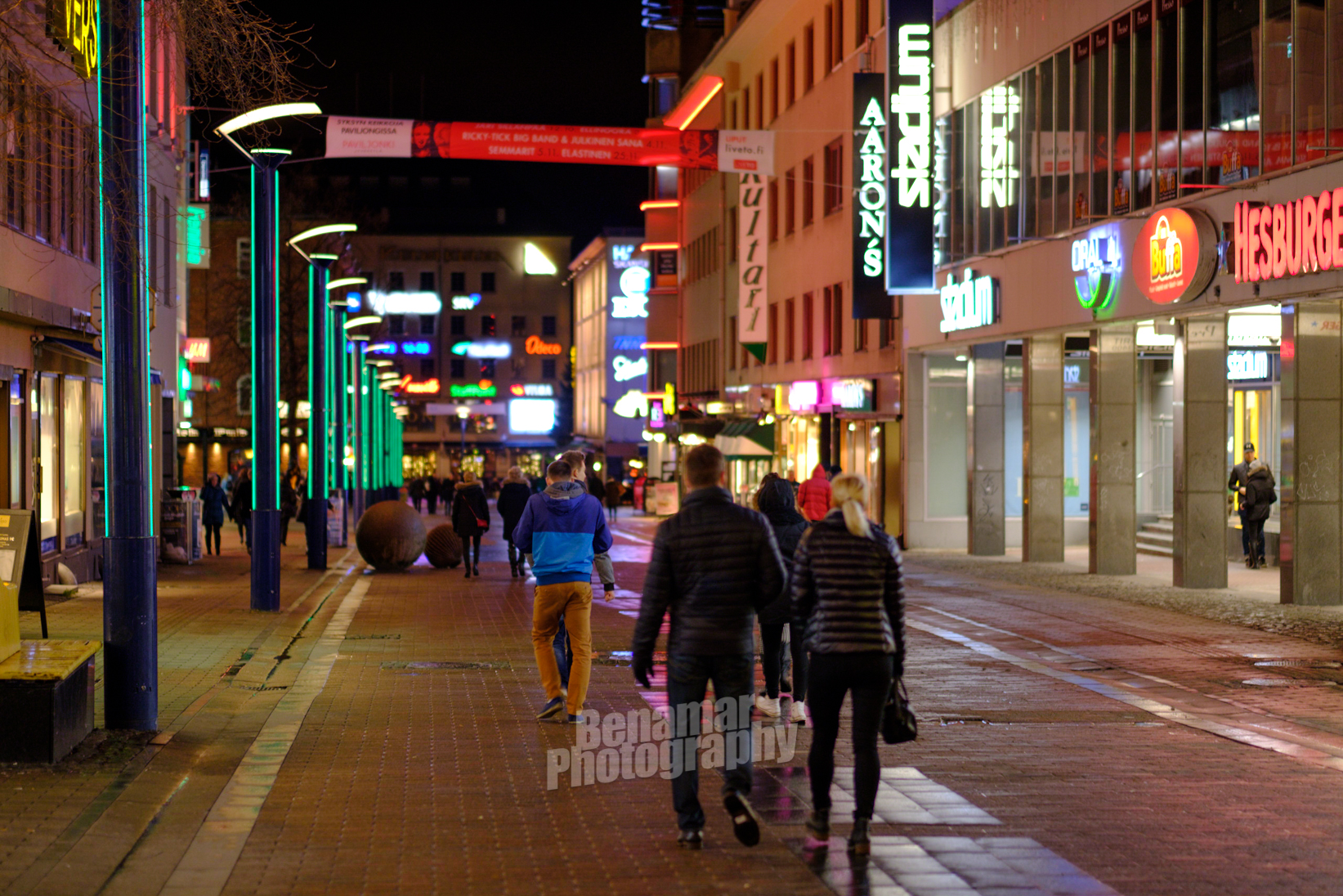
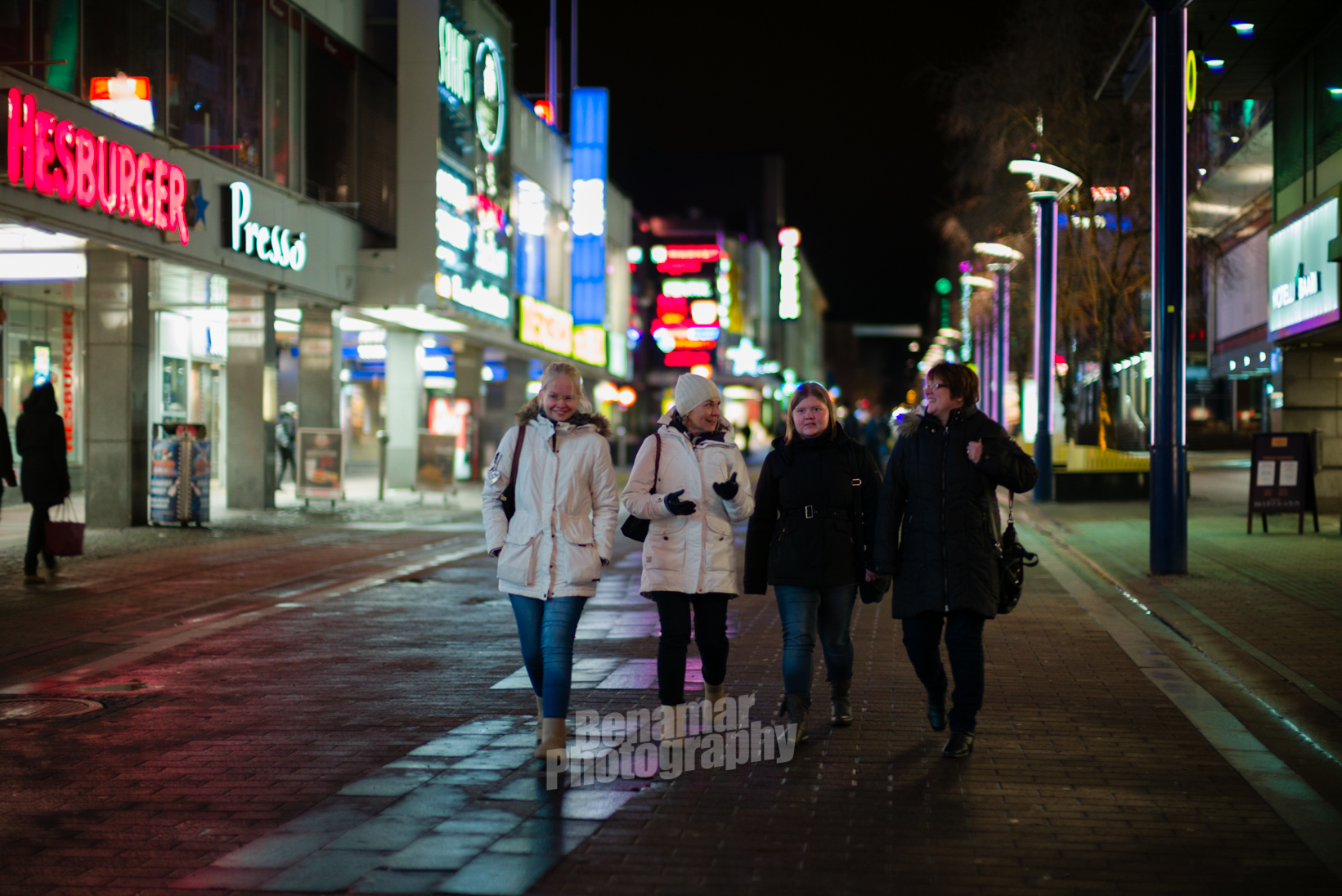
Should I purchase one
Don’t even think that these are the best examples of what the Noctilux is capable of. I chose similar photos for comparison just because for most people money matters, and the Fujifilm is the only affordable choice no matter how much better the Noctilux
is. Let’s not forget that we’re comparing lenses that cost 1100 and 10995 euros new. There is a tenfold difference, and it’s everyone’s own decision whether this is the difference is worth it. The same tenfold difference remains if you buy the lenses used. If you’re not deciding things by price but with personal properties alone, the Noctilux
well be a natural choice for you, especially if you are not concerned about the price.
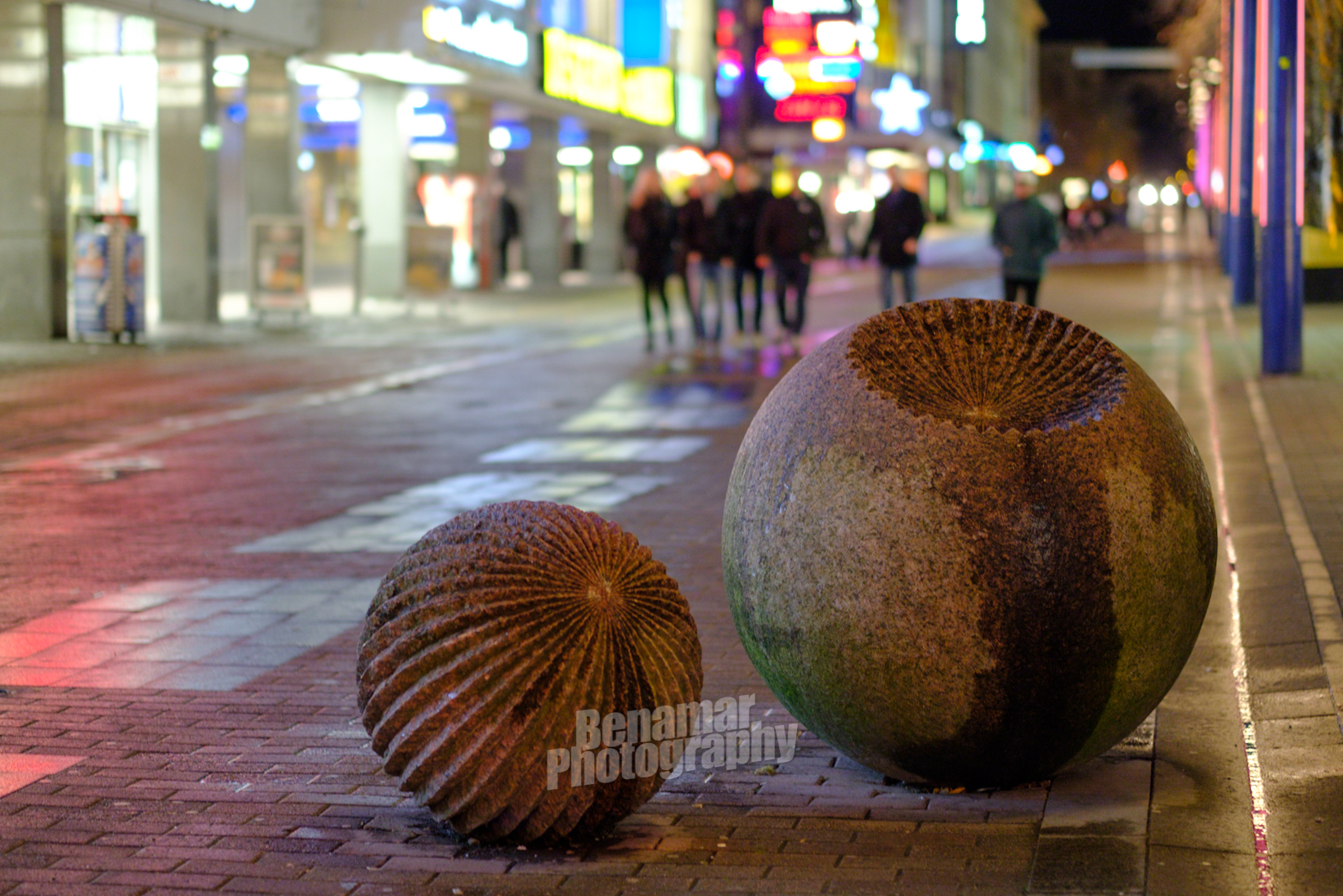
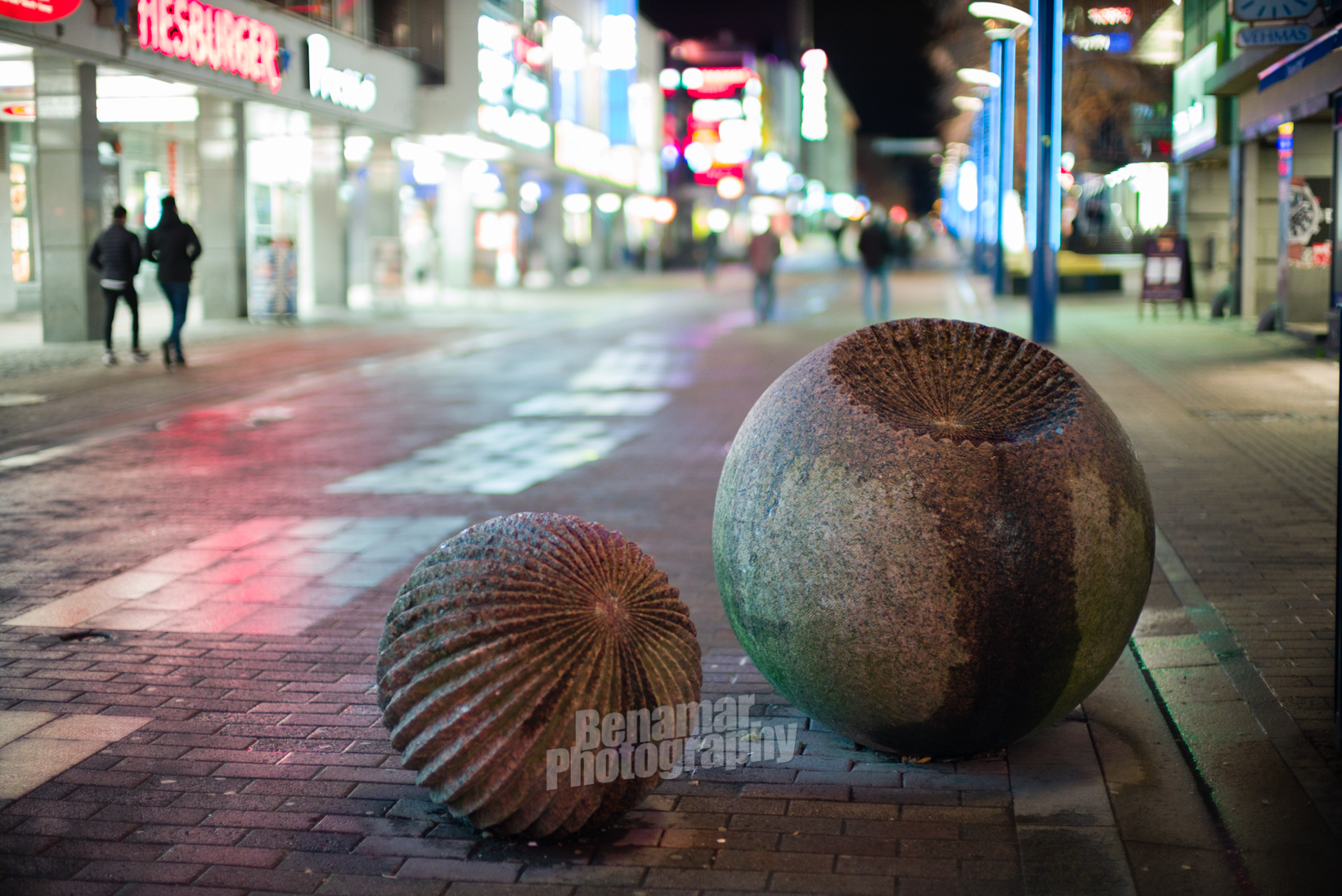
The difference in maximum aperture means that the Leica is allowing lower ISO values. When I purchased the Noctilux, the Leica M10 did not exist, and even if it did, the high ISO looks terrible in all cameras, regardless of manufacturer. Fujifilm X-Pro2
is one of the best, but I can assure you I will pick the 2009 Leica M9 ISO 160 photo every time just because a photo with total lack of noise is something to marvel at. Fujifilm does not look the same at ISO 200. The Leica M240
is closer, but I still love my M9 enough to never part from it. The M240
has its moments and is in many aspects a way better camera, but M9 it is not. If I had to replace either, I’d buy M10 to replace the M240
. But there’s nothing wrong with M240
, so why upgrade. Camera prices fall quickly, lenses do not.
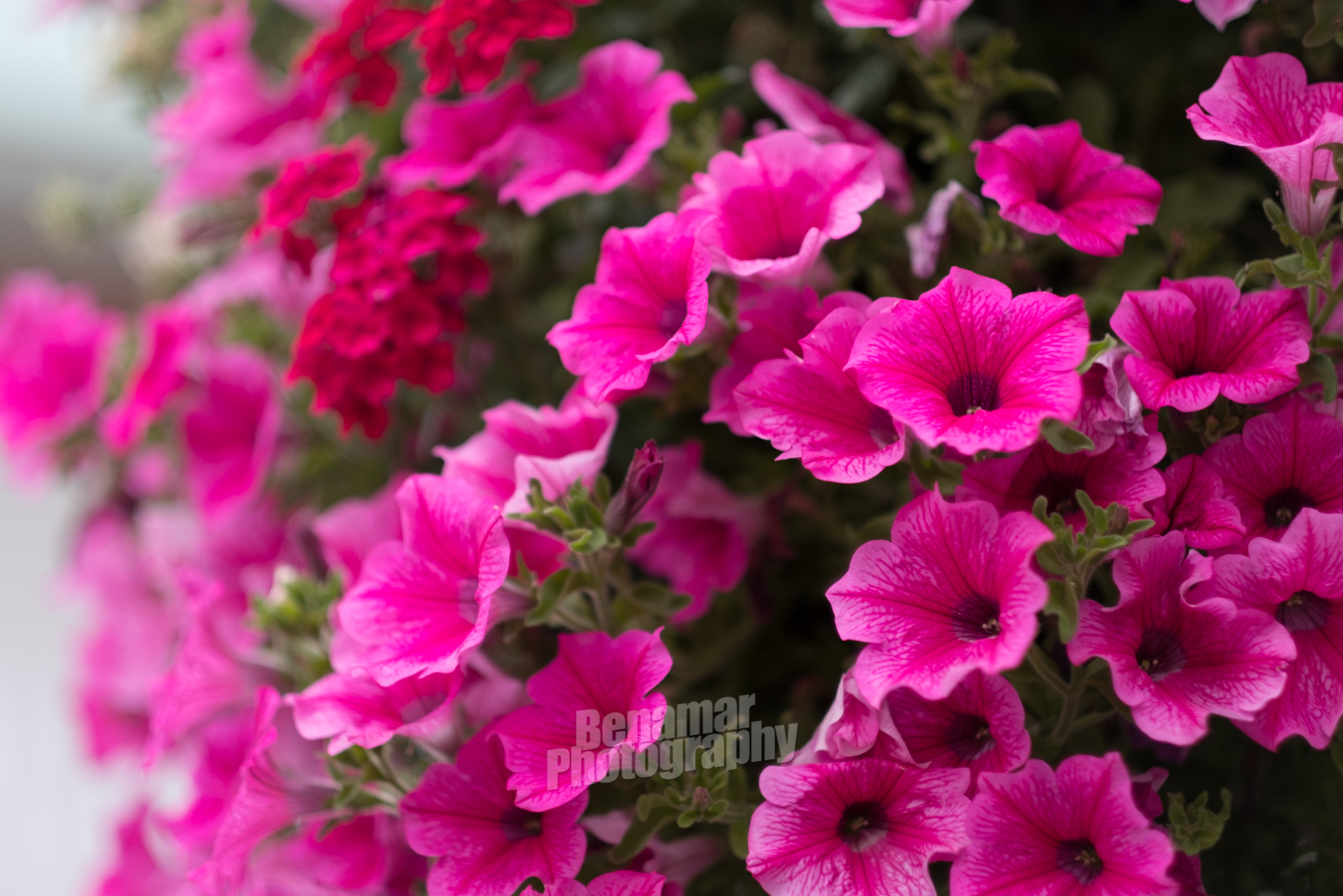
Where does the money show
Now back to comparing these lenses. Noctilux is sharp, but I don’t think it can match the Fujifilm at full aperture. I’m not even sure if it when stopped down a bit, but Noctilux
is not about the absolute sharpness. The F1 version is not as sharp as the F0.95, and for many, it is the better lens for their taste. Sharpness is maybe the most overvalued aspect of photography because of pixel peeping. If you see the photos in web or printer, you won’t see the difference unless it is huge. Fujifilm somehow lacks the same colour that comes out of the Noctilux
pictures, and I don’t think it’s the camera causing the difference. I could have tested the Noctilux
with the Fujifilm X-Pro2
with a Leica M-mount to Fujifilm X-mount adapter, but seeing how bad the Sony is with adapted lenses, I feel it’s fair to compare lenses with their native mounts. What you often see with Noctilux
and don’t see in Fujifilm photos is not something you can add in Adobe Lightroom using vibrancy slider or similar. There is also some telephoto effect going on with the Fujifilm lens which is, of course, missing from the 50 mm Noctilux
.
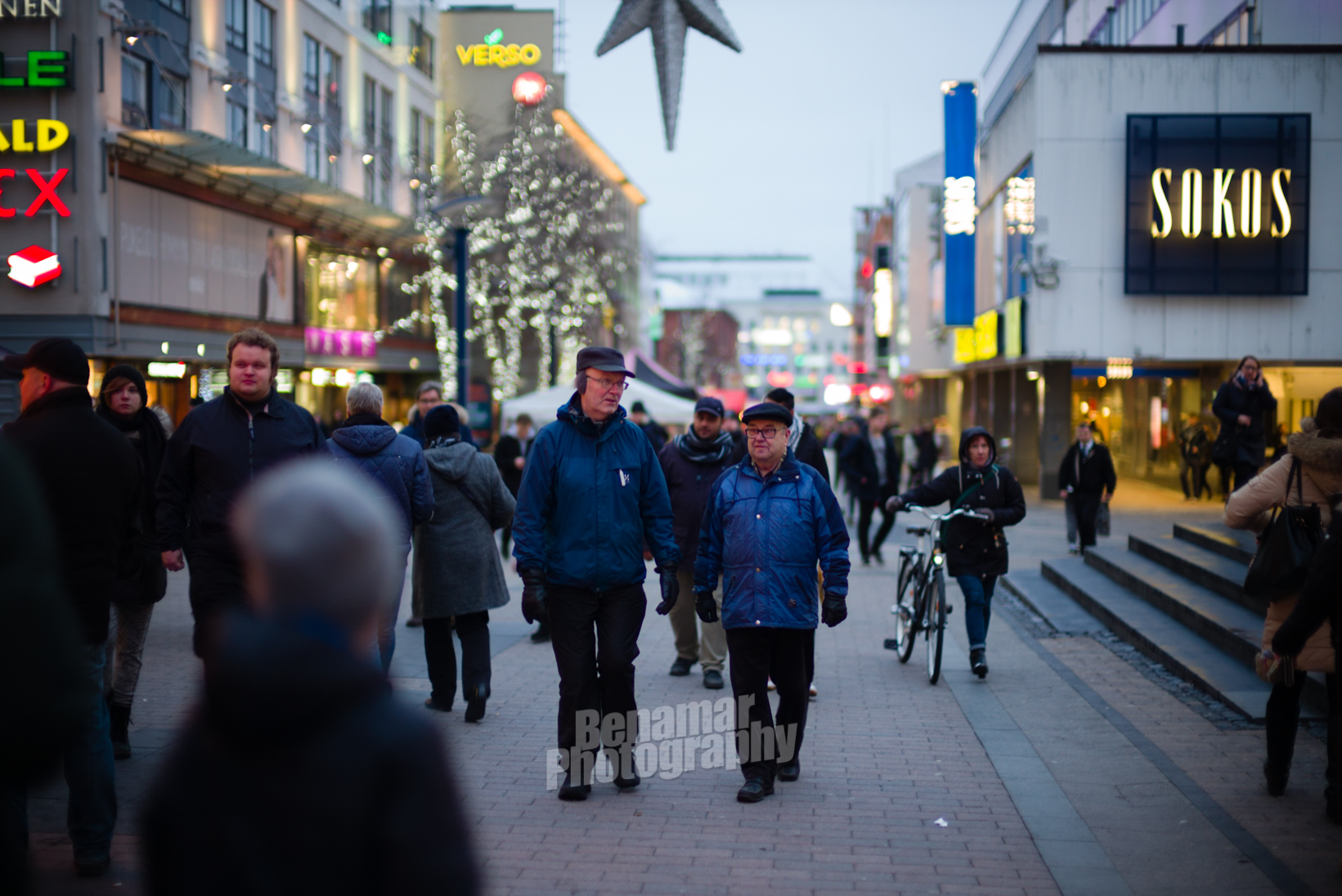
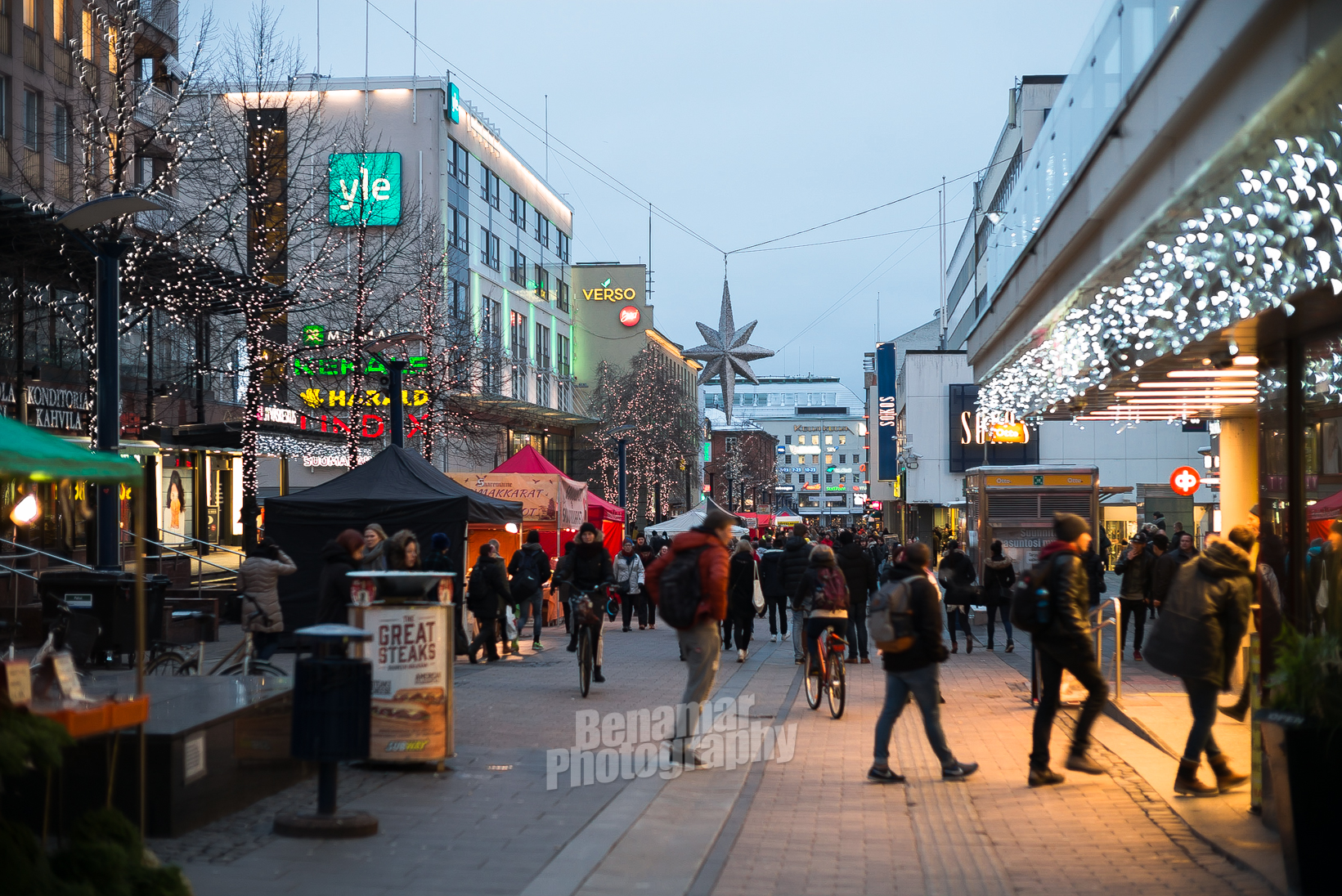
My sincere wishes to Fujifilm
I wish Fujifilm would release a 35 mm F1.2 or F1.0 lens that is reasonably priced and also has some of that mojo you miss with almost every other lens than an original Noctilux. The 50 mm focal length is my favourite and there the 35 mm F1.4 lens Fujifilm has is very good, but not at all comparable to a Noctilux
. Fujifilm has introduced weather resistant versions of their lenses and at the moment there are 23 mm, 35 mm and 50 mm lenses available. I heard the term “Fujicron” attached in conversation about these lenses, similar to F2.0 Summicron series Leica has. I wish they’d introduce a lens or two to the other end of aperture spectrum for available light photographers like me. A Noctilux
is like a door to Narnia, and I wish Fujifilm had something similar because while magnificent, the Fujifilm XF 56 mm F1.2
still isn’t in the same category. I have a feeling that most of you who don’t live up here near the Arctic Circle don’t understand at all what the fuss about fast lenses is about. I’ve seen multiple times that why to buy the F1.4 versions of Fujifilm lenses when the F2.0 versions are simply better. No they aren’t if the sun sets at 14:30 and there isn’t enough light to take photos even at ISO 12800, and when they barely make it, they still look abysmal just because of the level of noise. People here see less sunlight than 99,7% of the world’s population. There’s your answer to why F2.0 lineup is not impressive at all. At F1.4 one has one full stop more light, and at F1.0 one would have two full stops, meaning that the ISO 12800 photo is suddenly ISO 3200 and might look worth something. So, Fujifilm, where are your 23 mm and 35 mm F1.0 lenses? It’s dark out here.

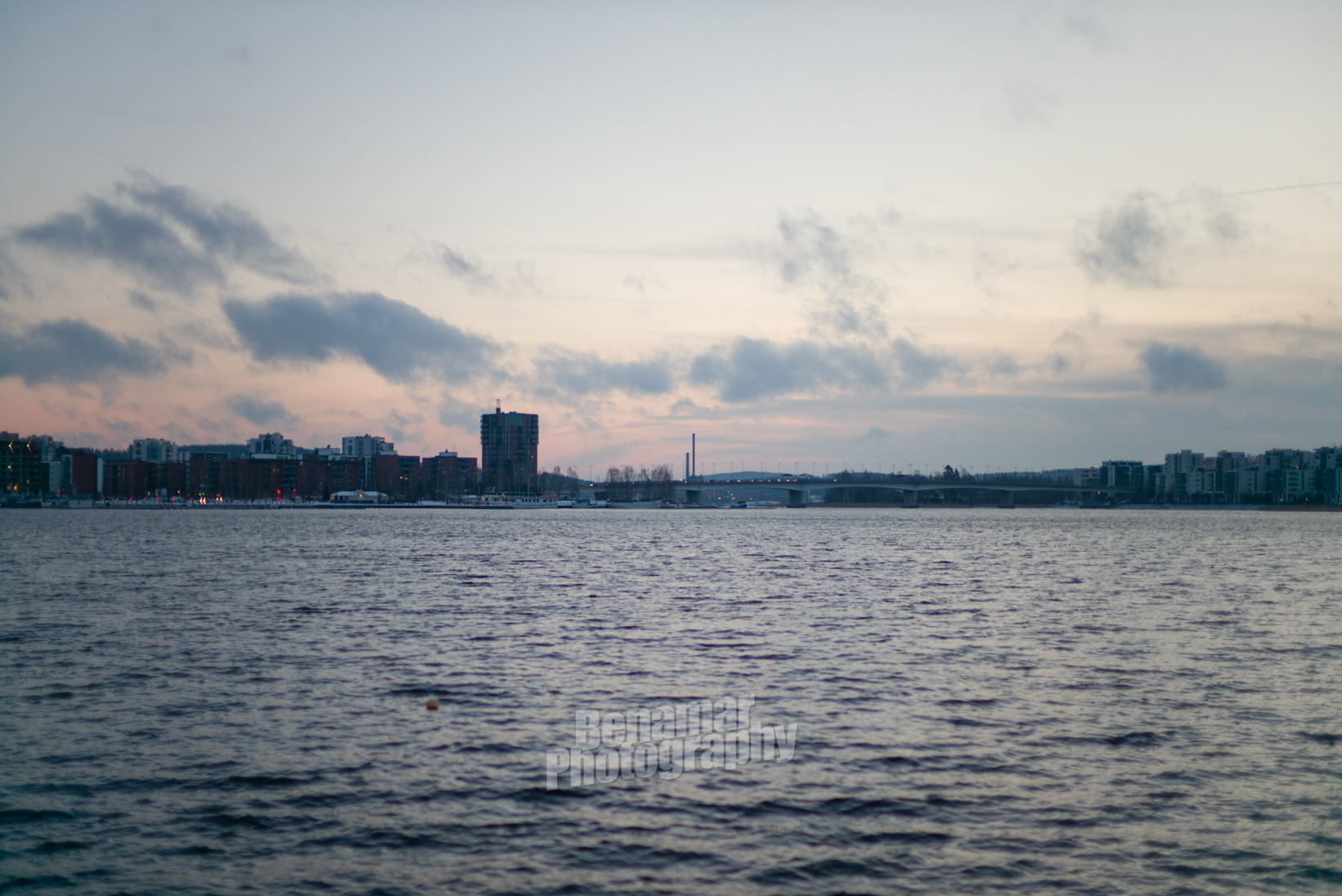
Shooting in the dark
In the film era, fast lenses were a necessity just because ISO values maxed out at 1600, or 3200 if you pushed your B&W film. Consider me old, but I’m still stuck at a time when maximum usable ISO is 1600, and that is why I like my Leica M9 so much. It’s like a digital film camera if you don’t skimp. For those of you who can’t resist skimping, Leica has made a special version of the camera with no screen at all, but it comes at a price. Just buy the M9, forget that there’s a screen and be done with it. With fast enough lenses ISO 1600 is enough for just about everything and on a well-lit street at night you can shoot at ISO 160. Fujifilm XF 56 mm F1.2 is one of four Fujifilm lenses I’d choose from for a night shoot, the others being the Fujifilm 16 mm F1.4
, the Fujifilm 23 mm F1.4
and the Fujifilm 35 mm F1.4
. Of all these, the 56 mm makes the most magical photos. I don’t mean that in the sense when people say that your oven makes good food because, in the end, it is you who takes and makes the photos, not the lens nor the camera. It is just a fact that with some lenses the success rate is higher than with others and every lens has its pros and cons.
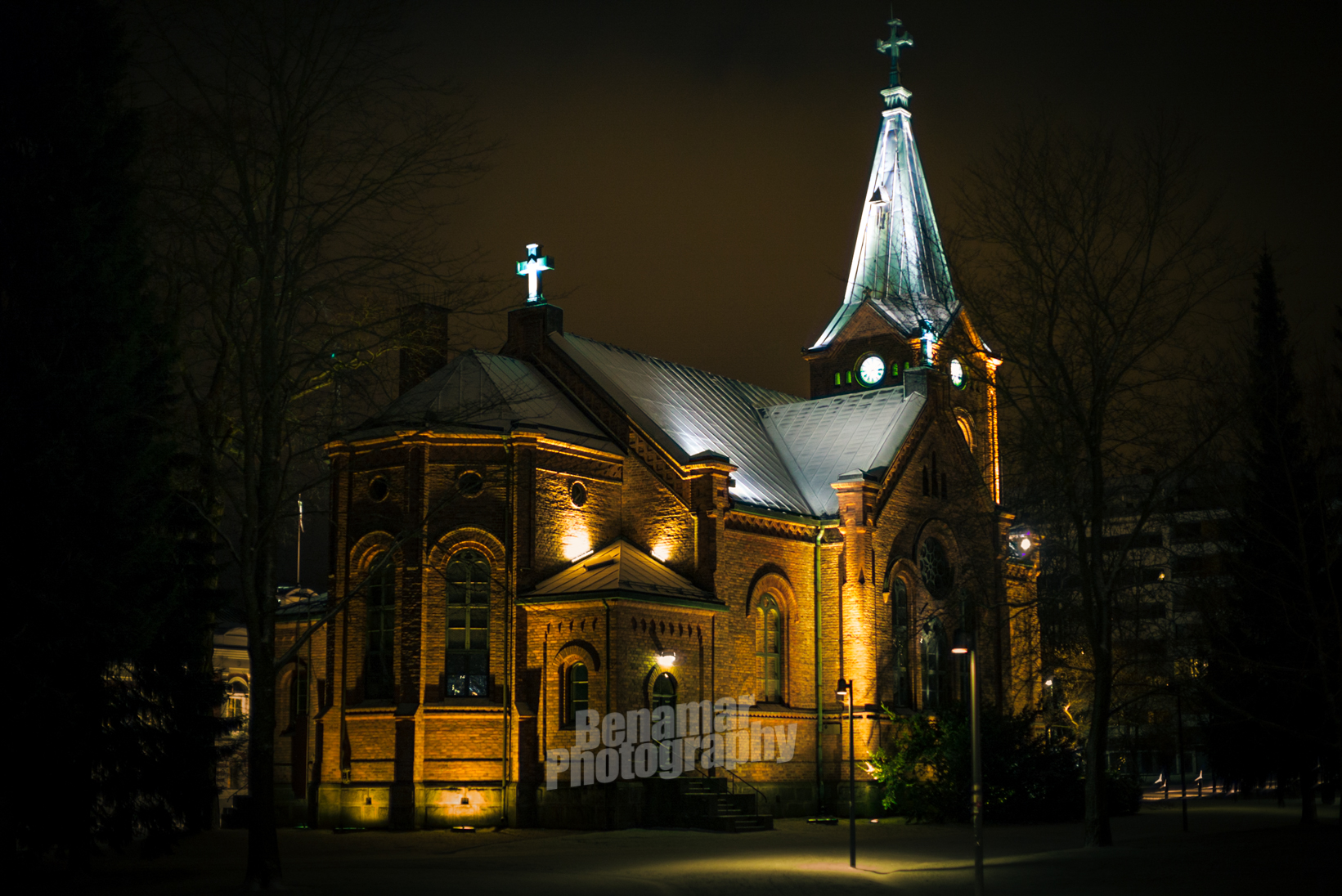
Great alternative for Noctilux
Fujifilm XF 56 mm F1.2 is an excellent lens, but not without its flaws. The focusing is very slow, maybe the slowest of all Fujifilm lenses I’ve tried myself (so that excludes the old 90 mm and 60 mm lenses which are said to be on the slow side as well). It also needs very high shutter speeds especially if you are shooting handheld, in the dark and with the 24-megapixel sensors. As I said in an article maybe a month ago, the APS-C sensor needs higher shutter speed than the rule of 1 / focal length would generally assume. For the 56 mm lens that means that the 1 / (56 * 1,5), which is 1/85 seconds, isn’t enough. Instead, you’ll need to calculate the speed using the full frame equivalent focal length in place, making the slowest speed for this lens around 1/125 seconds. I don’t know why that is, but I noticed the problem after upgrading to 24-megapixel X-Pro2
. Maybe it is because of the higher pixel density or the smaller size of the sensor, but once I use the values calculated this way, I get good results. With my Leica, the 1/f rule still stands, and the camera itself is made well enough not to introduce any shutter shake, and it also is very stable in your hands when handheld. For 50 mm Noctilux
, that means a minimum shutter speed of 1/50 seconds, meaning that at F0.95 you can take photographs in such dark conditions that the problem is focusing, not shutter speed.



